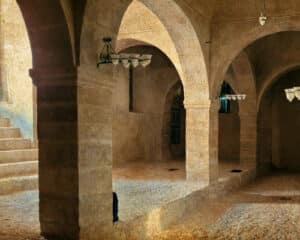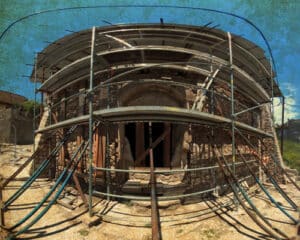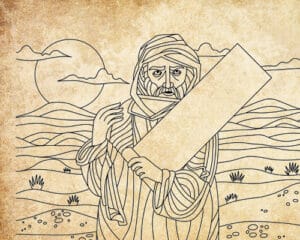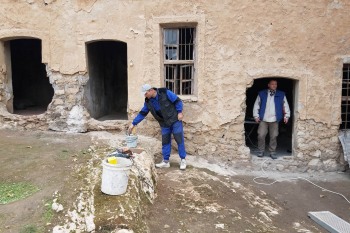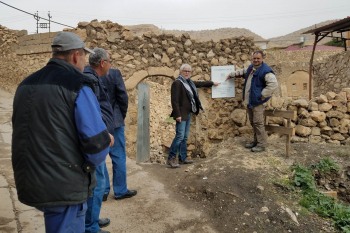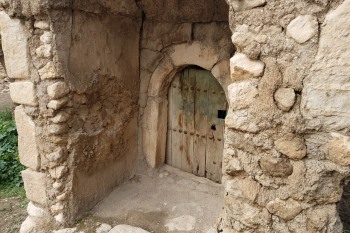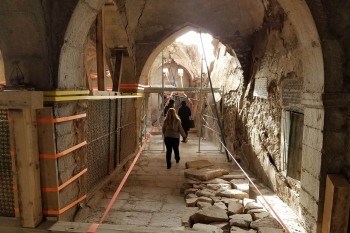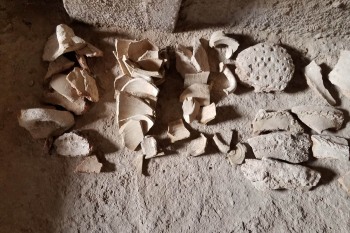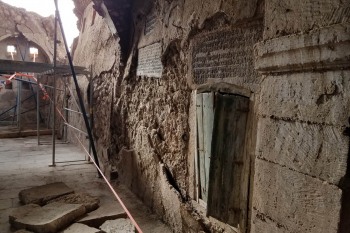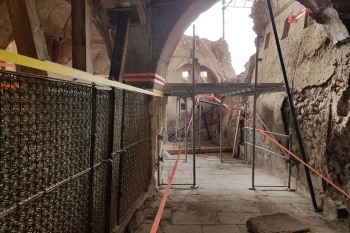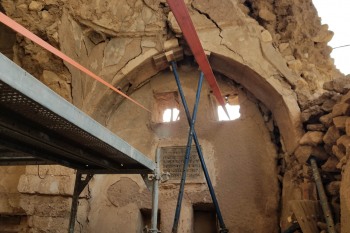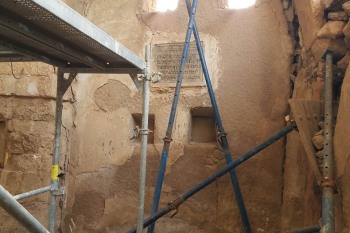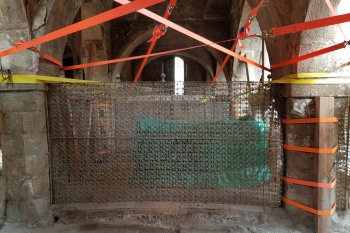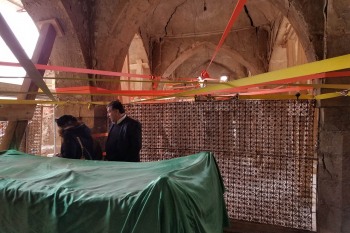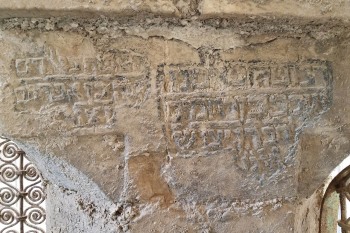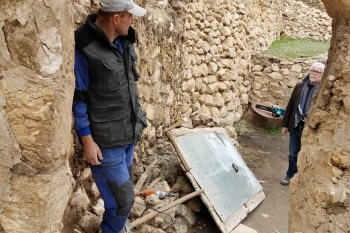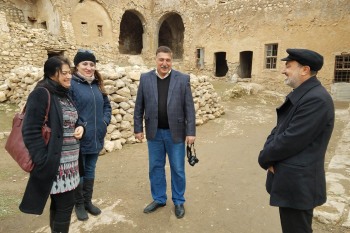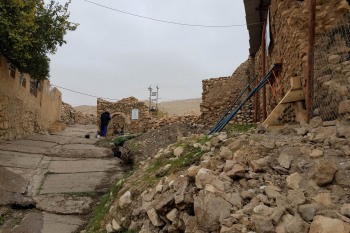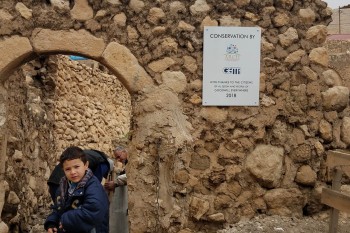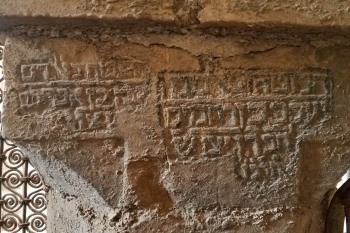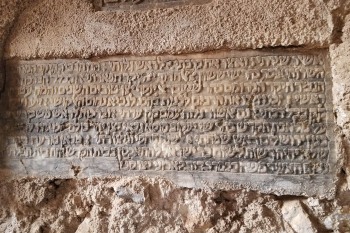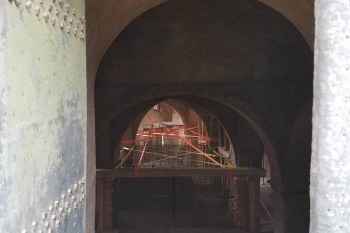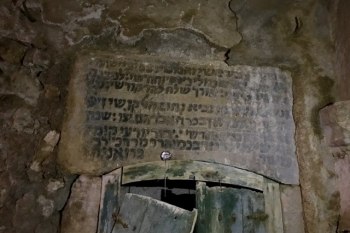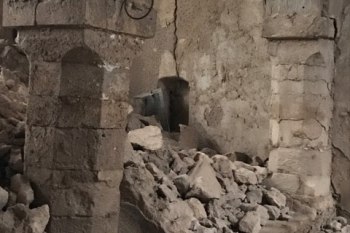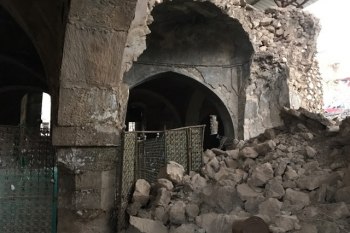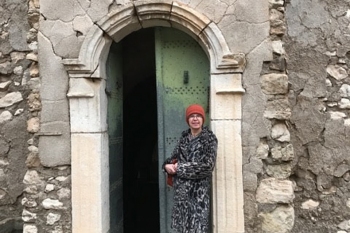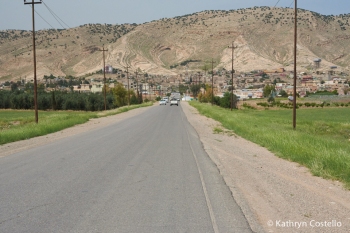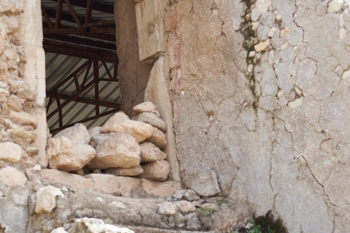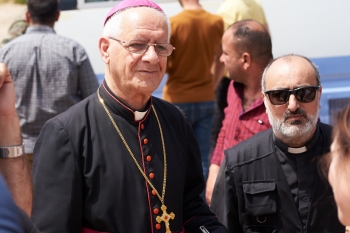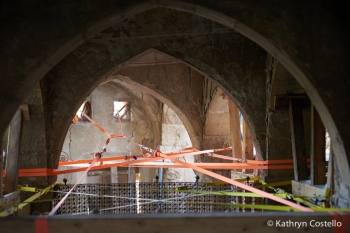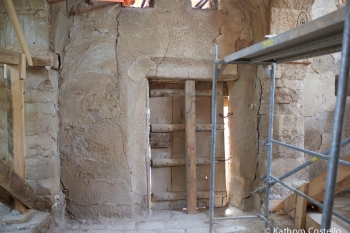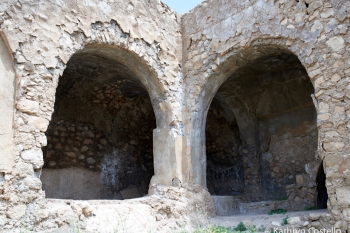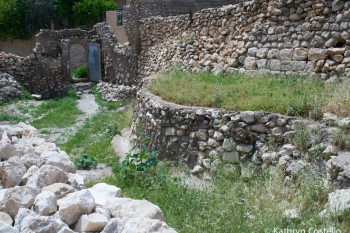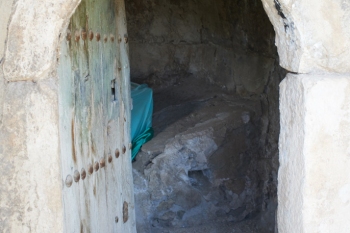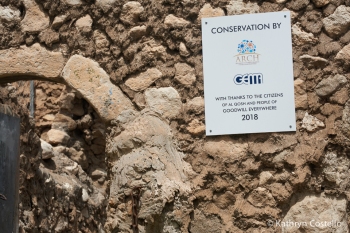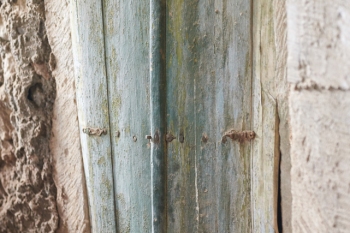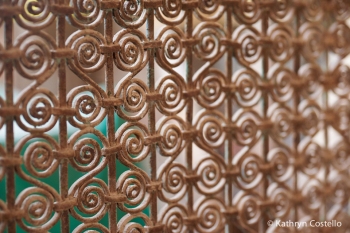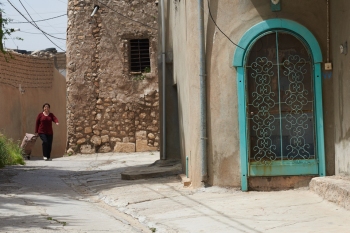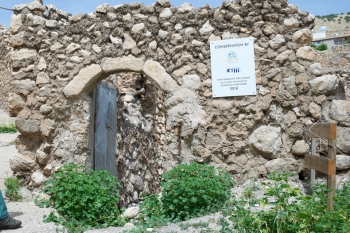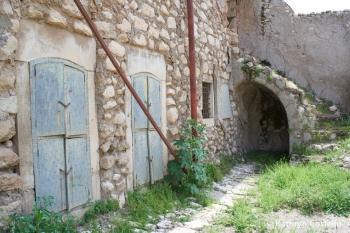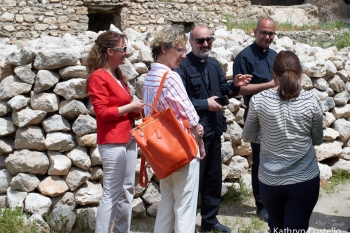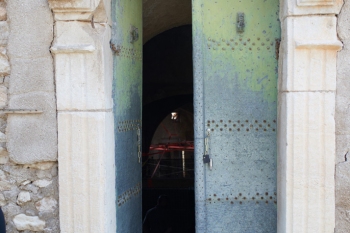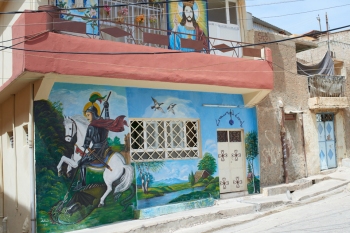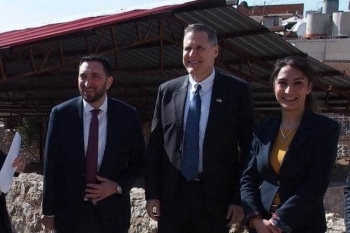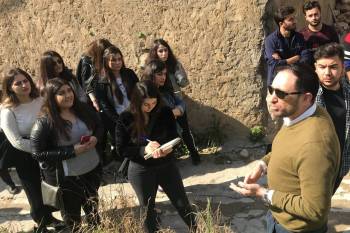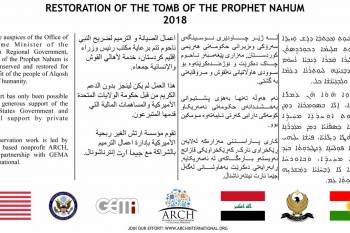
Stand With Nineveh

About
The shrine of the Prophet Nahum dates to at least 1173 – actually, we are awaiting the results of our carbon dating samples right now. It was literally about to collapse until a multinational team led by ARCH stepped in.
Who is Nahum? Nahum is an Old Testament prophet who predicted the fall of the Assyrian empire. He is also called “the Comforter” because it is believed that those who turn to him with their problems and worries will receive his intervention. The shrine plays a role for all three Abrahamic religions but was especially revered by the Jewish Kurdish community. It was their principal pilgrimage destination during the Shavuot festival until almost the entire Jewish population was forced to leave Iraq in the 1940’s and 50’s.

Location
The shrine of prophet Nahum is located in the center of the Christian town of Alqosh in Nineveh Province. It is about 30 miles (48 kilometers) northeast of Mosul.

Problem
War, conflict, the refugee crisis, and a lack of resources led to the neglect of this historical site. Before we intervened, the roof and other parts of the complex’ structure had already collapsed and its arches and columns were leaning perilously.
The challenge: we need funding for the full restoration, and research help in finding archive and source materials on the appearance and use of the shrine during different eras.

Solution
Be part of battered Nineveh’s return to life. We need help in: fundraising, research, creation of information materials, tutorials for locals interested in opening a small tourism-related business, and volunteers to practice English with local students via the internet and skype. Find out more below.
PROJECT DESCRIPTION
We have good news. And not just good news. We have good news from Iraq.
HOW YOU CAN HELP
- Now that the main restoration has been completed, we are looking forward to the next stage of work, which is the visitor experience at the shrine. We are working to develop a plan on how to present the shrine to not only local and regional visitors but to international visitors as well! We need help funding this project and all amounts are helpful so Please make a donation today!
- In developing a visitor experience we have found it challenging to find data and material (diary entries, photographs, letters,…) that describe what the shrine historically looked like (interior, exterior), if you know anything about the history of the shrine or where we could find more, please contact us.
- Stories are what connect us to our past and we would love to hear more stories (from the past or the present) about the traditions, customs, pilgrimage to Alqosh or the personal connections emanating from a visit to the town, the miracles, the anecdotes your friends or family have told you about. We are also interested in recent travel stories as well! Have you traveled to Alqosh or the Shrine of Nahum recently? If you have, we would love to hear from you too!
- Do you have specific expertise that could benefit the people of Alqosh or the broader vision of our project? Examples of expertise we are in need of: experience in tourism in the Middle East, languages and interpretation skills in Aramaic, Arabic, and Kurdish, graphic design, etc. Contact us today to become part of our Expert Committee!
- Become a donor and join us in standing up for one of the last remaining traces of a beautiful chapter in Mesopotamia’s history.
- Share the info, spread the word.
RECIPE
1 oz London dry gin
1/2 oz sour cherry syrup
1/2 oz lemon
1/2 oz Arak
1 barspoon (1/8 oz) luxardo maraschino
1 dash Arabian bitters (by Chris Hassaan Francke of the Green Zone)
Chill a rocks glass. Add all ingredients and ice to the cocktail shaker. Shake vigorously until the outside of the shaker begins to frost over. Single strain cocktail over ice in chilled rocks glass.
By Daniel Pouridas

